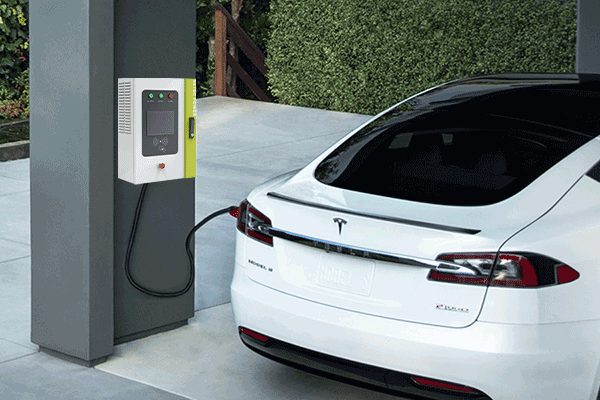Don’t have an electric car charger near your home? Can’t stand the long queues at charging stations? The cost of public charging stations is too high? In these situations, you’ll want to install an EV charger for your home, but you may be overwhelmed by the process. After all, like any other electrical installation, EV charger installation can be complicated. In this blog, we’ll cover the basics of EV charger installation so you can start charging your electric car immediately.
Types of EV Charger
There are three basic electric car chargers, level 1 charger, level 2 charger, and level 3 charger. Level 1 chargers are the simplest and more costly, but they have the disadvantage of prolonged charging times. Level 2 chargers use 240-volt circuits-the kind typically used for electric clothes dryers. Circuits-the kind typically used for electric clothes dryers. The level 3 charger enables DC Fast Charging ( DCFC ), which provides faster charging. Some level 3 charging stations can bring an EV battery from a discharged state to a fully charged state in less than an hour. However, the general level 3 chargers are mainly for commercial use and are very costly. But there are exceptions, and some lower power wall chargers are very suitable.
For example, the SETEC Power 30kW Tesla charger does not require high costs, while the 30kW charging power provides enough charging time to satisfy you. And not just for Tesla but also for CHAdeMO and CCS.

How much does it cost to install an EV charger?
If you can tolerate a level 1 charger’s long charging time, you only need to spend about $180 to $300 for a level 1 charger. You plug the charger into your garage outlet, and it probably won’t cost you anything to install. Level 2 chargers are a little more expensive. They start at about 300 and require hiring an electrician and possibly upgrading your home grid. So the total cost will be around $1000 to $2000. As we said, installing a level 3 charger at home is the highest, you can be sure that the combined cost is more than $10,000. But it charges fast enough and performs well enough for multiple users, so you can talk to your neighbors about splitting the cost. Or it’s a good idea to use your free time as a public charging point and charge for it.
Installation Location
The location that you choose for your EV charger should have a solid GPRS (data) connection. EV chargers should be easy to access, with parking possible from different directions. EV charger cables are usually 4-5 meters long—consider this when planning the installation. For wall-mounted devices, a suitable height for installation is approximately 120 cm. No garage? Some electric car chargers are available for outdoor use, but be aware that it will cost more to transport the power outdoors.
Electrical capacity
Having an electric car charger installed doesn’t usually require changes in the electricity system of a building. However, installing multiple chargers or larger power chargers will require some changes. Electric vehicles are becoming increasingly popular, and the trend is accelerating, so many people think long-term. The demand for home charging will increase, and they will buy higher-level electric cars in the future, so they will choose to install high-power chargers. This situation requires a professional electrician to inspect and specify a retrofit plan.
In summary, the EV charger installation process is not particularly difficult. Electric vehicles are becoming commonplace, and installing a home EV charger without full charging infrastructure coverage is a good option. If you choose SETEC POWER, we will send our professional engineers to help you until the installation is completed. So what’s the hesitation? It’s time to get ready to charge your electric car!














